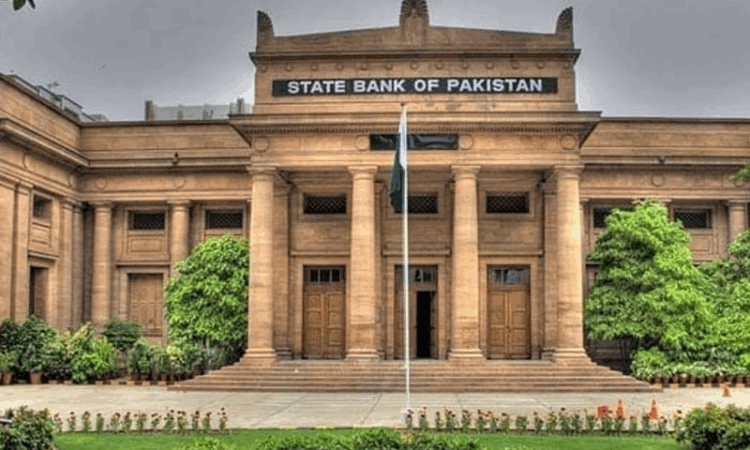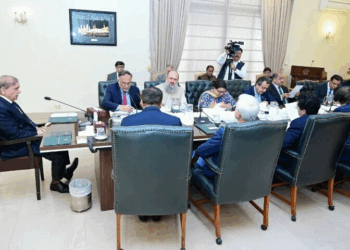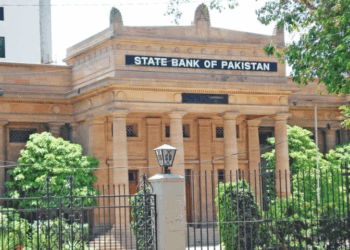Karachi, May 4, 2025: The State Bank of Pakistan (SBP) is widely expected to maintain its benchmark policy rate at 12% in its upcoming monetary policy meeting on Monday, amid persistent inflationary concerns and geopolitical uncertainties, according to analysts and a report in an English daily.
The majority of analysts and brokerage house surveys anticipate no change in the key interest rate, though a few predict a modest cut of 50 basis points (bps), while only a minority foresee a deeper 100bps reduction.
If the SBP holds steady, it would mark the second consecutive pause since the central bank began easing rates in June 2024, when it embarked on a monetary loosening cycle that saw rates decline by 1,000bps. The last policy meeting in March also kept the rate unchanged at 12%, with the central bank citing risks from potential price increases due to higher U.S. tariffs.
Although headline inflation eased to 0.3% in April, down from 0.7% in March, the SBP’s Monetary Policy Committee (MPC) is expected to adopt a cautious stance ahead of the FY26 budget and the IMF’s $7 billion loan programme review on May 9, during which the release of a $1 billion tranche and an additional $1.3 billion climate resilience loan will be discussed.
Analysts have warned that global uncertainties—especially U.S. President Donald Trump’s tariff actions—could trigger wider economic consequences, including weaker remittances and rising external account vulnerabilities.
“With the federal budget approaching, policymakers are likely to closely monitor its inflationary impact. Against this backdrop, we expect the MPC to maintain the policy rate,” said Saad Hanif, Head of Research at Ismail Iqbal Securities.
A Tresmark poll of market participants showed 68% expect no change in the rate.
“Markets are rattled by trade risks, capital outflows, and a central bank that’s rightly cautious. Over $225 million exited bonds and equities in April alone. A rate cut could widen the exit door,” the poll noted.
However, some economists argue the case for easing is growing stronger.
“If there was ever a case for monetary stimulus, it is now,” the report added, citing sluggish export-to-GDP, weak foreign direct investment, and stalled growth.
Sana Tawfiq, Head of Research at Arif Habib Limited, expects a 50bps cut, pointing to the high real interest rate of 11.3% and recent disinflation trends.
“A measured rate cut could support economic recovery without undermining macroeconomic stability,” she said. “While the current account posted a $1.86 billion surplus in the first nine months of FY25, a recent uptick in imports and regional tensions may limit the SBP’s flexibility.”







